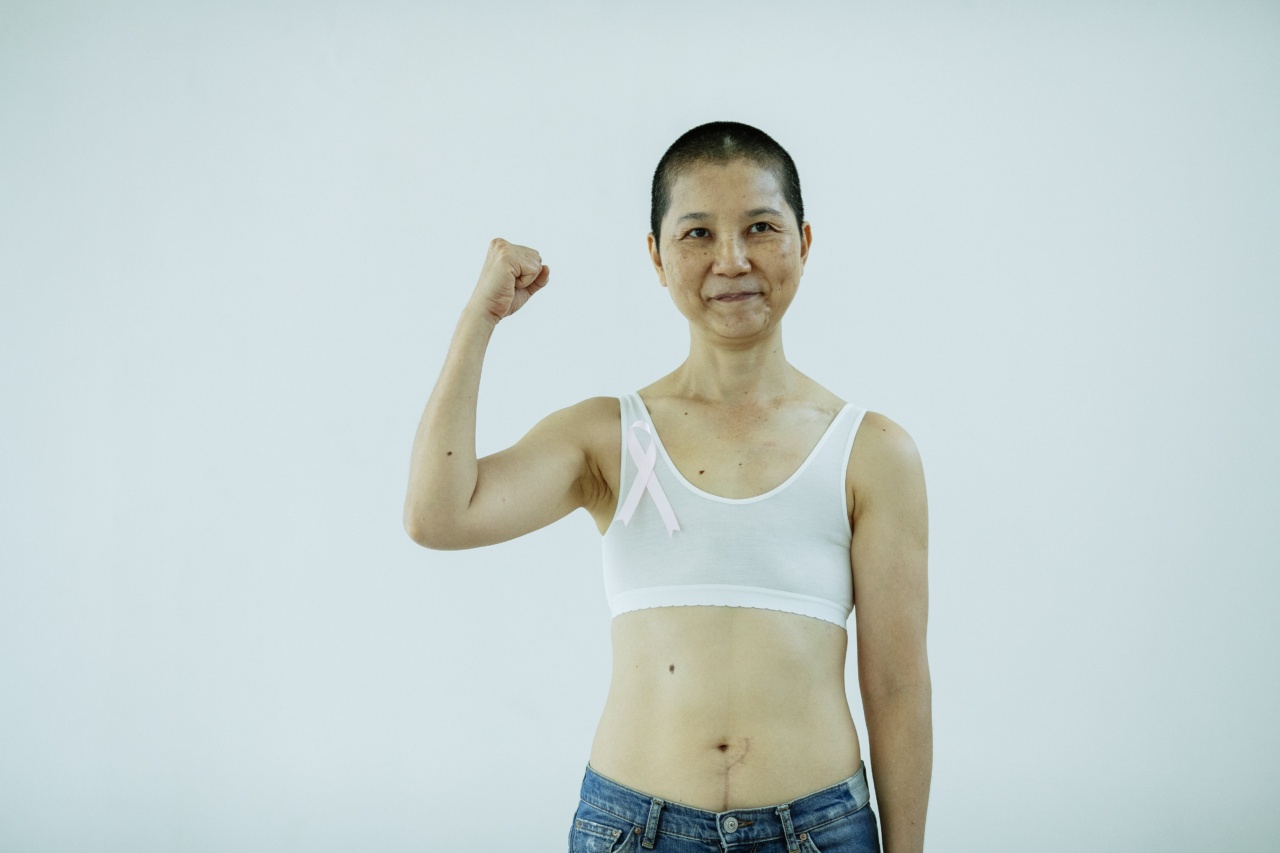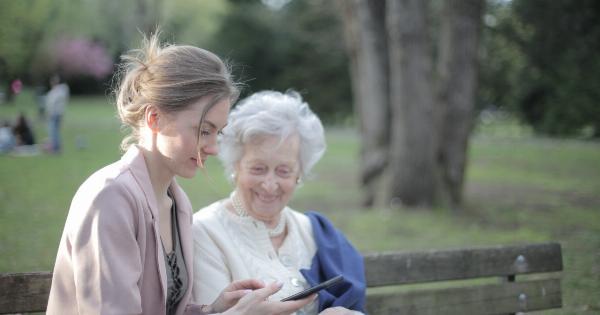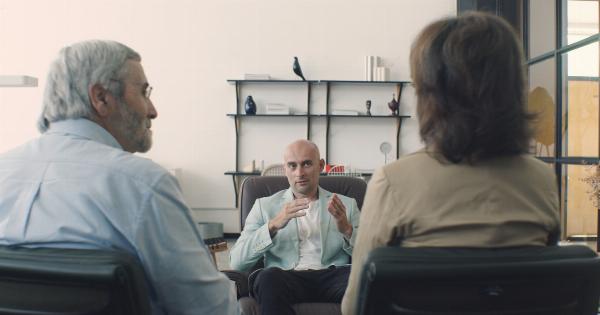Cancer is one of the leading causes of death worldwide, and traditional cancer treatments such as chemotherapy and radiation therapy can have severe side effects.
However, immuno-oncology has emerged as a promising alternative approach to treating cancer as it harnesses the power of the immune system to detect and destroy cancer cells.
What is Immuno-oncology?
Immuno-oncology is a branch of medicine that focuses on the use of the patient’s own immune system to fight cancer. This treatment modality involves the stimulation of the immune system to recognize and attack cancer cells, thus, destroying them.
Essentially, immuno-oncology aims to activate the patient’s immune system to identify cancer cells as foreign and destroy them.
How does Immuno-oncology work?
The immune system comprises various cells and molecules that work together to protect the body from foreign organisms, including cancer cells. The primary immune cells involved in immuno-oncology include T-cells, B-cells, and natural killer (NK) cells.
These cells recognize cancer cells as foreign or abnormal, and then mount an immune response to destroy these cells.
Normal cells in the body display certain proteins or antigens that do not trigger an immune response. However, cancer cells may display different or altered antigens that the immune recognizes as foreign or abnormal.
In immuno-oncology, doctors use therapies to help the immune system recognize these abnormal antigens and mount an attack against the cancer cells.
Types of Immuno-oncology Therapies
There are several types of immuno-oncology therapies, including:.
1. Checkpoint Inhibitors
Checkpoint inhibitors are drugs that block inhibitory proteins or checkpoints that may prevent immune cells from attacking cancer cells. These medications include antibodies that target proteins like PD-L1 and PD-1.
When these proteins bind together, they can stop immune cells from attacking cancer cells. Checkpoint inhibitors prevent this binding and allow immune cells to destroy the cancer cells.
2. CAR-T Cell Therapy
CAR-T cell therapy involves the use of modified T-cells to recognize and destroy cancer cells. In this therapy, doctors extract the patient’s own T-cells and modify them in a lab to express chimeric antigen receptors (CARs).
These CARs can recognize antigens on cancer cells and target them for destruction. The modified T-cells are then infused back into the patient’s body, where they can target and destroy cancer cells.
3. Cancer Vaccines
Cancer vaccines work by stimulating the immune system to recognize and destroy cancer cells.
These vaccines work by introducing cancer antigens or markers to the immune system, which then recognize the antigens as foreign and mount an attack against the cancer cells. Cancer vaccines may be used as prophylaxis for specific cancer types or as part of a treatment plan for cancer patients.
4. Immune Modulators
Immune modulators are drugs that target specific antigens on cancer cells or modify the immune system’s response to cancer cells. These drugs may enhance the immune system’s ability to recognize cancer cells and destroy them.
Immune modulators may be used as a stand-alone treatment or in combination with other immuno-oncology treatments.
Advantages of Immuno-oncology
Immuno-oncology offers several advantages over traditional cancer treatments, including:.
1. Fewer Side Effects
Traditional cancer treatments such as chemotherapy and radiation therapy can cause significant side effects such as hair loss, nausea, and fatigue.
In contrast, immuno-oncology treatments have fewer side effects as they work by stimulating the immune system and not by directly targeting cancer cells.
2. Improved Survival Rates
Immuno-oncology has been shown to improve survival rates in patients with various cancer types. In some cases, immuno-oncology can even cure cancer, providing a long-term solution to the disease.
3. Personalized Treatment
Immuno-oncology treatments are tailored to an individual’s cancer type and the specific antigens present on the cancer cells. This personalized approach ensures that the treatment is effective and has minimal side effects.
Challenges of Immuno-oncology
Despite the advantages of immuno-oncology, there are also several challenges, including:.
1. High Costs
Immuno-oncology treatments are expensive, and not all patients have access to these treatments. This high cost may limit the availability of these treatments to patients who need them.
2. Limited Efficacy
Not all patients respond to immuno-oncology treatments, and even those who do respond may not have a complete response. This limited efficacy means that alternative treatments may be required for some patients.
3. Side Effects
Although immuno-oncology treatments have fewer side effects than traditional treatments, some patients may still experience side effects. These side effects may be caused by an overactive immune system, leading to autoimmune diseases.
Conclusion
Immuno-oncology is a promising branch of medicine that has the potential to revolutionize cancer treatments.
This approach stimulates the immune system to recognize and destroy cancer cells, offering several advantages over traditional cancer treatments. Immuno-oncology is not without its challenges, but its potential benefits make it a vital area of cancer research.






















